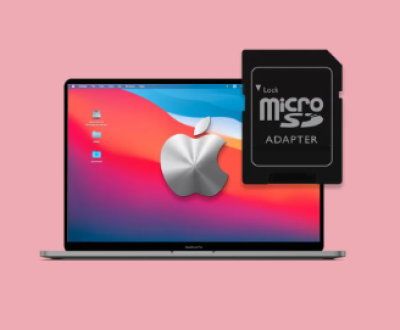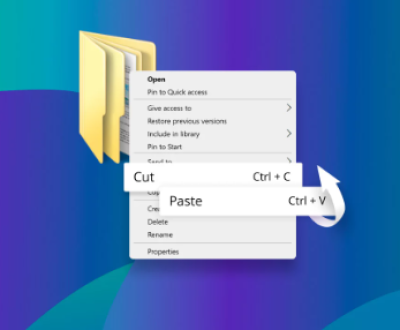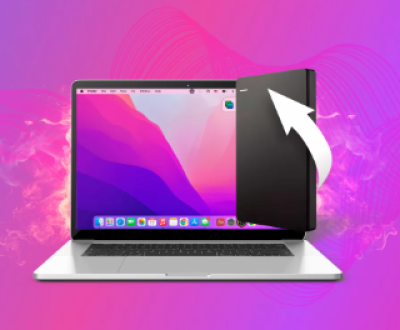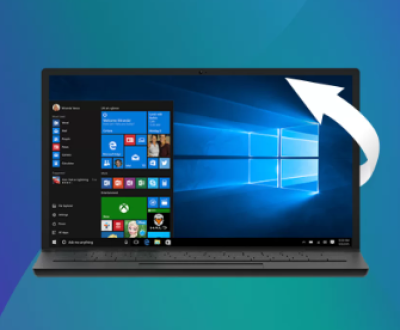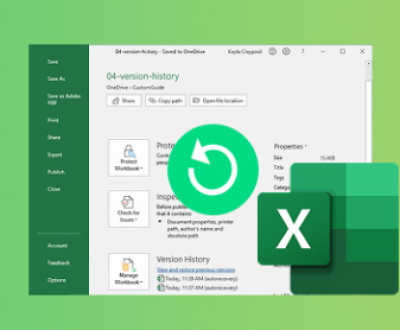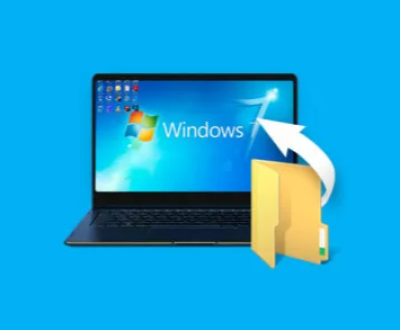Use Professional Data Recovery Software
Panda Assistant is compatible with a variety of storage devices, such as hard drives, USB flash drives, SD cards, and external storage devices. It also works across multiple operating systems, including Windows and macOS, making it versatile for users with different setups. The software uses sophisticated scanning algorithms that ensure deep scanning of storage devices, improving the chances of successful data recovery. This is especially helpful in cases where files have been partially overwritten or the storage device has been physically damaged.
What sets Panda Assistant apart is its recovery modes. The software offers two main scanning options: Quick Scan and Deep Scan. Quick Scan is perfect for recovering recently deleted files, while Deep Scan is designed to dig deeper and recover files from damaged or corrupted drives. Deep Scan may take longer, but it is highly effective in retrieving files from difficult situations like accidental formatting or partition loss.

Another noteworthy feature is the preview function, which allows users to preview recoverable files before actually restoring them. This ensures that you can check if the files you need are available and save time by focusing on the most important files.
Use Built-in Tools in Operating Systems
For Windows Users:
Previous Versions: If your Windows system has been configured to create restore points and the SD card was previously connected to the computer when those restore points were created, you can try using the “Previous Versions” feature. Right-click on the drive letter representing the SD card in “This PC” and select “Properties”. In the Properties window, go to the “Previous Versions” tab. You may see previous versions of the SD card’s contents listed. If the lost photos are present in one of these previous versions, you can select the appropriate version and click “Restore” to recover the photos.
Windows File Recovery: Windows 10 and 11 have a built-in tool called Windows File Recovery. You can use it by opening the Command Prompt or Windows Terminal as an administrator. Then, use the appropriate command to recover files from the SD card. For example, if you want to recover all JPEG and PNG photos, you can use the command like winfr D: C:\RecoveredFiles /ext:jpg /ext:png, where “D:” is the drive letter of the SD card and “C:\RecoveredFiles” is the location where you want to save the recovered files.
For Mac Users:
Time Machine: If you have been using Time Machine to back up your Mac and the SD card was connected to the Mac when the backups were made, you can use Time Machine to recover the lost photos. Connect the SD card to the Mac and open the folder where the photos were originally located. Then, click on the Time Machine icon in the menu bar and select “Enter Time Machine”. You can then browse through the different backup snapshots and restore the photos that you need.
Disk Utility: Mac’s Disk Utility can be used to repair and recover data from storage devices in some cases. Connect the SD card to the Mac and open Disk Utility. Select the SD card in the list of drives. Click on the “First Aid” button to check for and repair any file system errors that may be causing the photo loss. This may not directly recover deleted photos, but it can fix issues that prevent access to the existing photos on the SD card.
Seek Professional Data Recovery Services
When to Consider Professional Services: If the above methods do not work or if the SD card is physically damaged, it is advisable to seek professional data recovery services. Professional data recovery companies have specialized equipment and expertise to handle complex data recovery situations. For example, if the SD card has been dropped, exposed to water, or has other physical damages, or if the data loss is due to a firmware issue or severe file system corruption, professional help may be the only option.
How to Choose a Professional Service: When choosing a data recovery service, it is important to do some research. Look for companies with a good reputation and experience in data recovery. Check online reviews and testimonials from previous customers. You can also ask for recommendations from friends or colleagues who have had similar experiences. Some well-known data recovery companies include Kroll Ontrack, Gillware Data Recovery, and DriveSavers.
The Process of Professional Data Recovery: Professional data recovery services usually involve the following steps. First, the company will assess the condition of the SD card to determine the cause of the data loss. They may use specialized tools to read the data directly from the flash memory chips on the SD card if the card’s controller is damaged. Then, they will use advanced data recovery software and techniques to extract the lost photos and other data. The recovered data is usually provided to the customer on a new storage device, such as an external hard drive.
Preventive Measures to Avoid Photo Loss
Regular Backups: The most effective way to prevent data loss is to regularly back up your photos. You can use external hard drives, cloud storage services like Google Photos, iCloud, or Dropbox, or network-attached storage (NAS) devices to store copies of your photos. Set up an automatic backup schedule to ensure that your photos are always up to date.
Handle SD Cards with Care: When inserting or removing the SD card from a device, make sure to do it gently and avoid using excessive force. Do not remove the SD card while data is being written to it, as this can cause data corruption. Keep the SD card away from magnetic fields, extreme temperatures, and moisture.
Use Reliable SD Cards: Invest in high-quality SD cards from reputable brands. Cheap or counterfeit SD cards may have reliability issues and are more likely to cause data loss. Check the reviews and ratings of SD cards before purchasing them.
About us and this blog
Panda Assistant is built on the latest data recovery algorithms, ensuring that no file is too damaged, too lost, or too corrupted to be recovered.
Request a free quote
We believe that data recovery shouldn’t be a daunting task. That’s why we’ve designed Panda Assistant to be as easy to use as it is powerful. With a few clicks, you can initiate a scan, preview recoverable files, and restore your data all within a matter of minutes.
Subscribe to our newsletter!
More from our blog
See all postsRecent Posts
- How to restore lost files on sd card 2025-07-03
- How to restore lost files 2025-07-03
- How to restore lost word document 2025-07-03

 Try lt Free
Try lt Free Recovery success rate of up to
Recovery success rate of up to

